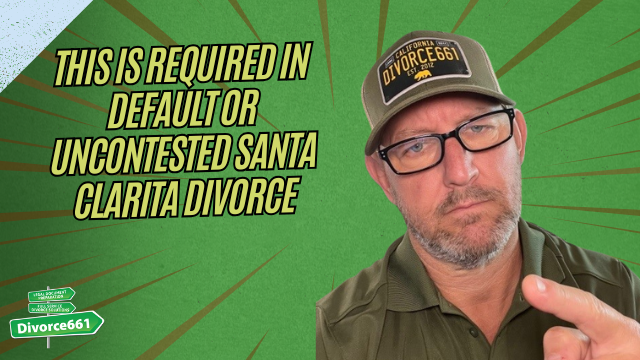How to Deal with Hidden Assets in a California Divorce
Why full financial disclosure matters in California
In California divorces, both parties are legally required to disclose all assets and income. Full disclosure is not optional. Hiding money, property, or income can change the outcome of property division and can lead to serious legal consequences.
Both parties are legally required to disclose all assets, and hiding them can have serious consequences.
Common red flags that suggest assets might be hidden
- Unexplained drops or spikes in reported income
- Bank accounts or investment accounts that do not appear in disclosures
- Sizable cash deposits with no clear source
- Transfer of property to relatives or friends shortly before filing
- Undisclosed side businesses, contractors, or cash-based work
- Unusual expenses or sudden lifestyle changes that do not match reported finances
Step by step: What you can do if you suspect hidden assets
- Review the financial disclosuresStart by carefully comparing the formal financial disclosures. Look for inconsistencies between income, bank statements, tax returns, and listed assets.
- Request additional documentationYou have the right to request bank records, credit card statements, payroll records, tax returns, and other documents that verify income and assets.
- Use formal discovery if neededIf voluntary disclosure is incomplete, formal discovery tools such as interrogatories, requests for production of documents, and deposition can compel answers.
- Bring in expertsIf the finances are complex or you suspect deliberate concealment, a forensic accountant can trace cash flows, reconstruct income, and uncover hidden assets.
- Seek legal remediesIf hiding is discovered, courts can adjust property division, order sanctions, or take other actions to protect your rights.
Documents to request and review
- Tax returns for multiple years
- Bank and credit card statements
- Business records and merchant deposits
- Loan and mortgage statements
- Property records and titles
- Pay stubs and payroll records
- Electronic payment histories and Venmo, PayPal, or similar accounts
Real client example: uncovering unreported income
We recently helped a client who suspected her spouse of hiding income from a side business. By cross-checking tax returns with bank statements we found large cash deposits that were not reported on the tax returns. That discovery changed settlement negotiations and protected her rightful share of the community property.
This is a common scenario. Side businesses, cash transactions, and underreported income often show up as discrepancies between bank deposits and reported taxable income. Tracing those deposits is one of the most effective ways to uncover hidden income.
When to involve a forensic accountant
Forensic accountants are particularly useful when:
- Transactions are disguised or routed through multiple accounts
- There is significant cash activity
- Business income is being manipulated or underreported
- Complex investments or foreign accounts are involved
A forensic accountant can create a clear financial picture the court will accept and help quantify unreported assets or income for settlement or trial.
Consequences of hiding assets
- Courts can award a larger share of community property to the non hiding spouse
- Sanctions and penalties in court proceedings
- Possible criminal exposure in extreme cases of fraud or tax evasion
- Loss of credibility that weakens a spouse’s position in negotiations and trial
How we help
At Divorce661 we identify inconsistencies, request the right documents, and push for full financial transparency. When necessary, we refer clients to trusted forensic accountants and use formal discovery tools to uncover the truth. Our goal is to make sure you receive an accurate settlement that protects your legal rights.
Next steps if you suspect hidden assets
If you think your spouse is hiding assets or not being honest during your divorce, do not delay. Start by gathering what documents you already have, take note of discrepancies, and seek professional help.
For a free consultation and help uncovering hidden assets, visit divorce661.com. We will help you uncover the truth and protect what you are legally entitled to.



